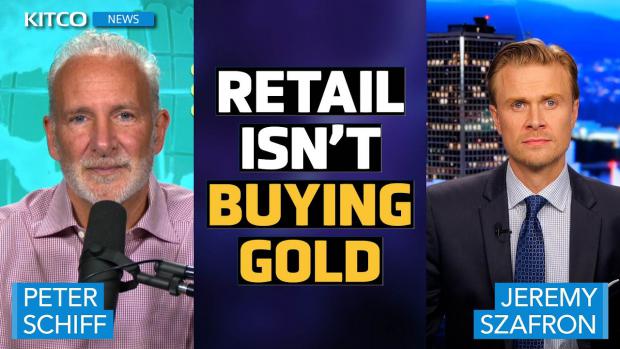
Breaking News
 The Mystery of Trump, Ukraine, and Russia
The Mystery of Trump, Ukraine, and Russia
 Resolute Space 2025: How the U.S. Space Force is Arming for Invisible Wars in the Stars
Resolute Space 2025: How the U.S. Space Force is Arming for Invisible Wars in the Stars
Top Tech News
 This "Printed" House Is Stronger Than You Think
This "Printed" House Is Stronger Than You Think
 Top Developers Increasingly Warn That AI Coding Produces Flaws And Risks
Top Developers Increasingly Warn That AI Coding Produces Flaws And Risks
 We finally integrated the tiny brains with computers and AI
We finally integrated the tiny brains with computers and AI
 Stylish Prefab Home Can Be 'Dropped' into Flooded Areas or Anywhere Housing is Needed
Stylish Prefab Home Can Be 'Dropped' into Flooded Areas or Anywhere Housing is Needed
 Energy Secretary Expects Fusion to Power the World in 8-15 Years
Energy Secretary Expects Fusion to Power the World in 8-15 Years
 ORNL tackles control challenges of nuclear rocket engines
ORNL tackles control challenges of nuclear rocket engines
 Tesla Megapack Keynote LIVE - TESLA is Making Transformers !!
Tesla Megapack Keynote LIVE - TESLA is Making Transformers !!
 Methylene chloride (CH2Cl?) and acetone (C?H?O) create a powerful paint remover...
Methylene chloride (CH2Cl?) and acetone (C?H?O) create a powerful paint remover...
 Engineer Builds His Own X-Ray After Hospital Charges Him $69K
Engineer Builds His Own X-Ray After Hospital Charges Him $69K
 Researchers create 2D nanomaterials with up to nine metals for extreme conditions
Researchers create 2D nanomaterials with up to nine metals for extreme conditions
Schiff on Kitco: Rate Cuts Won't Save the Dollar

He ties the problem to ballooning deficits, a fragile banking system, and the history of the Federal Reserve, and he closes by pointing out why silver remains undervalued relative to gold.
He warns that rate cuts intended to prop up the economy will have the opposite effect on long-term yields and the dollar:
And so now they're going to cut rates because of the weakness in the labor market and the economy, but the rate cuts are not going to deliver the expected relief. I believe that they will backfire in that they will cause long-term rates to rise, which is really what they want to reduce. And that will ultimately usher in a return to quantitative easing. And that's the nail in the dollar's coffin. And I think that's why you're seeing, you know, the dollar is weakening today.
Peter connects that dollar weakness to the relentless growth of U.S. deficits and the difficulty of finding willing buyers for government debt:
So not only does the U.S. have to finance $3 trillion, $4 trillion of annual deficit spending, but we have to find buyers for, you know, $10 trillion a year of maturing debt or something like that. So it's enormous what we have to finance and the world just does not want to do it. And they're diversifying out of dollars. And of course, we keep flooding the world with dollars because even though we have these tariffs, we still have trillion dollar a year trade deficits. And so what is the world going to do with all these dollars that it earns selling us all this stuff?
He reminds listeners that the Fed was established as a private banking institution and that its independence reflects that origin:
The original Federal Reserve was a private banking syndicate. You know, that's why it's independent because it was never part of the federal government. Because the federal government is not allowed to do what the Fed does. The federal government doesn't have the constitutional authority to print money. Only private banks can issue paper currency.

 Good News for Liberty
Good News for Liberty Coffee Prices on the Rise
Coffee Prices on the Rise

